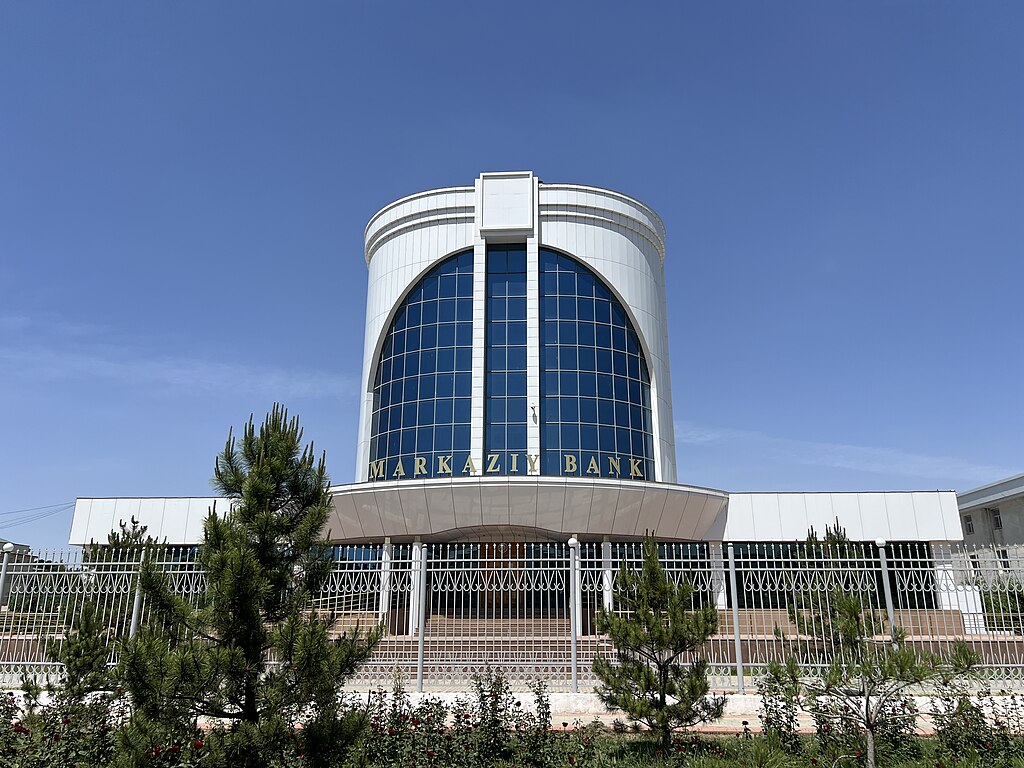Uzbekistan is set to integrate stablecoins into its official payment system starting January 1, 2026, through a new regulatory sandbox. This framework will allow pilot projects for stablecoin-based payments on distributed ledger technology, alongside tokenized securities trading on licensed exchanges, enhancing financial innovation under strict oversight.
-
New regulations signed on November 27 establish a sandbox managed by the National Agency for Perspective Projects and the central bank.
-
Pilot initiatives will focus on developing secure, blockchain-enabled payment systems using stablecoins.
-
From 2026, entities can issue tokenized shares and bonds, with dedicated trading platforms on stock exchanges; fees for crypto participants have doubled to about $20,015 monthly as of March 2024.
Uzbekistan stablecoins launch in 2026 via regulatory sandbox for payments and tokenized assets. Discover how this boosts Central Asia’s digital finance—explore the framework and implications today.
What is Uzbekistan’s New Stablecoin Regulatory Framework?
Uzbekistan stablecoins will become an official payment method under a regulatory sandbox effective January 1, 2026, as outlined in a law signed on November 27. This initiative, reported by local outlet Kun, aims to foster innovation in digital payments using distributed ledger technology while maintaining strict controls. The framework involves the National Agency for Perspective Projects and the central bank overseeing pilot projects to integrate stablecoins safely into the financial system.
The move builds on Uzbekistan’s evolving crypto landscape, where Chairman Timur Ishmetov of the central bank noted in September that studies on digital currencies are ongoing. He emphasized the need for rigorous oversight, stating that crypto activities could significantly influence monetary policy. This sandbox not only targets stablecoins but also paves the way for tokenized securities, allowing Uzbekistan-based entities to issue digital versions of shares and bonds starting next year.
A dedicated trading platform will be established on licensed stock exchanges to handle these new assets, promoting transparency and regulatory compliance. This structured approach seeks to balance technological advancement with financial stability, positioning Uzbekistan as a forward-thinking player in Central Asia’s digital economy.
How Does the Regulatory Sandbox for Uzbekistan Stablecoins Operate?
The regulatory sandbox for Uzbekistan stablecoins provides a controlled environment for testing and development, managed jointly by the National Agency for Perspective Projects and the central bank. Pilot projects will experiment with stablecoin-based payment systems on distributed ledger technology, ensuring seamless and secure transactions. According to reports from Kun, this setup will enable real-world applications while mitigating risks to the broader economy.
Supporting data from the central bank highlights the focus on interbank settlements rather than retail use initially. Ishmetov clarified that while central bank digital currencies (CBDCs) are under consideration, they would primarily accelerate settlements between commercial and central banks, not everyday consumer transactions. In late March 2024, the National Agency issued a directive doubling monthly fees for crypto market participants to approximately $20,015 for exchanges, underscoring the commitment to robust regulation.
Expert insights, such as those from regional financial analysts, suggest this sandbox could attract international investment by demonstrating a mature approach to digital assets. Short sentences like this aid readability: The framework prioritizes security. It includes mandatory compliance checks. Tokenized securities will trade on verified platforms only. Overall, the operation ensures innovation aligns with national monetary goals, fostering trust among participants.

Kashkadarya Regional branch of the Central Bank of Uzbekistan. Source: Wikimedia
In the broader context, Uzbekistan’s central bank has been proactive. For instance, Ishmetov’s September announcement followed internal studies on digital currencies, reflecting a cautious yet progressive stance. This regulatory evolution is part of Central Asia’s growing embrace of blockchain solutions, with Uzbekistan aiming to leverage stablecoins for efficient cross-border and domestic payments.
The sandbox’s design draws from global best practices, adapted to local needs. It limits initial scope to licensed entities, reducing systemic risks. As pilots progress, feedback will refine the system, potentially expanding stablecoin applications. This methodical rollout, backed by authoritative bodies like the central bank, exemplifies experience and expertise in financial regulation.
Statistics from regional reports indicate Central Asia’s crypto adoption is rising, with transaction volumes increasing by over 30% in the past year. Uzbekistan’s framework positions it competitively, encouraging entities to innovate within boundaries. Quotes from Ishmetov, such as his view on crypto’s monetary impact, add credibility, reinforcing the policy’s fact-based foundation.
Frequently Asked Questions
When Will Stablecoins Be Introduced as an Official Payment Method in Uzbekistan?
The new stablecoin regulations in Uzbekistan take effect on January 1, 2026, enabling pilot projects for official payment integration. Managed by the National Agency for Perspective Projects and the central bank, this sandbox allows controlled rollout of blockchain-based systems, ensuring stability and compliance from the outset.
What Role Do Stablecoins Play in Uzbekistan’s Financial System?
Stablecoins in Uzbekistan will primarily support efficient payment systems using distributed ledger technology, starting with pilots in the regulatory sandbox. They aim to streamline transactions without disrupting daily retail use, focusing instead on secure, controlled innovation that aligns with national monetary policies and enhances economic resilience.
Central Asia’s digital finance scene is heating up, and Uzbekistan’s stablecoin push is a key development. As neighbors like Kyrgyzstan introduce som-pegged stablecoins and explore digital reserves, Uzbekistan’s sandbox sets a precedent for regulated growth. Kazakhstan, often the regional leader, has cracked down on illicit platforms while piloting its own CBDC and state-backed stablecoin initiatives.
In October, Kazakhstan’s Financial Monitoring Agency dismantled 130 crypto platforms linked to money laundering, demonstrating vigilant oversight. The country also launched a central bank stablecoin pilot in September and established a crypto reserve with holdings in BNB, in partnership with global exchanges—though details remain focused on domestic compliance.
These advancements across Central Asia highlight a shared trajectory: embracing digital assets under strict controls. Uzbekistan’s framework, with its emphasis on tokenized securities and elevated participant fees, signals a mature ecosystem. By 2026, expect stablecoins to bridge traditional finance and blockchain, offering faster settlements and new investment avenues.
The central bank’s directive in March 2024, raising fees to bolster supervision, reflects this expertise. Ishmetov’s insights on CBDCs for interbank efficiency further illustrate a nuanced strategy, avoiding retail volatility while pursuing wholesale benefits. As pilots unfold, Uzbekistan could inspire similar sandboxes elsewhere, solidifying Central Asia’s role in global crypto regulation.
Key Takeaways
- Regulatory Sandbox Launch: Effective January 1, 2026, it enables stablecoin payment pilots and tokenized securities issuance under central bank oversight.
- Focus on Control: Doubled fees to $20,015 monthly for exchanges ensure compliance, as emphasized by Chairman Ishmetov on monetary impacts.
- Regional Momentum: Aligns with Kyrgyzstan’s som-pegged stablecoin and Kazakhstan’s CBDC pilots, positioning Central Asia as a digital finance hub—monitor developments for investment opportunities.
Conclusion
Uzbekistan’s stablecoins integration via the 2026 regulatory sandbox marks a pivotal step in Central Asia’s crypto regulatory framework, combining innovation with oversight from bodies like the National Agency for Perspective Projects. By enabling tokenized assets and blockchain payments, it promises enhanced efficiency without speculation-driven risks. As pilots progress and regional peers advance, Uzbekistan is poised to lead in secure digital finance—stakeholders should prepare for these transformative opportunities ahead.
